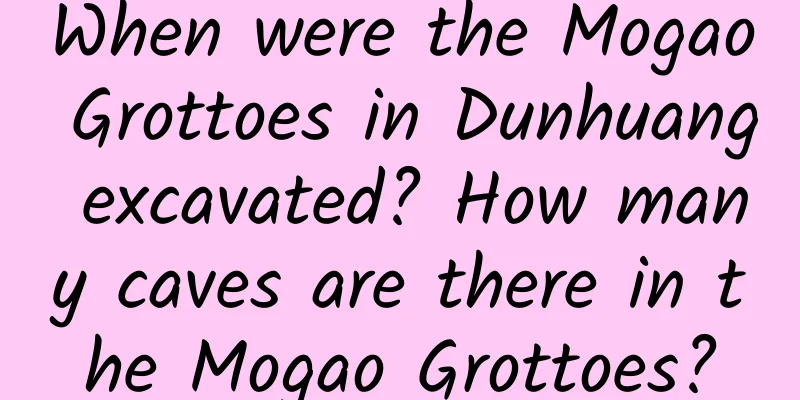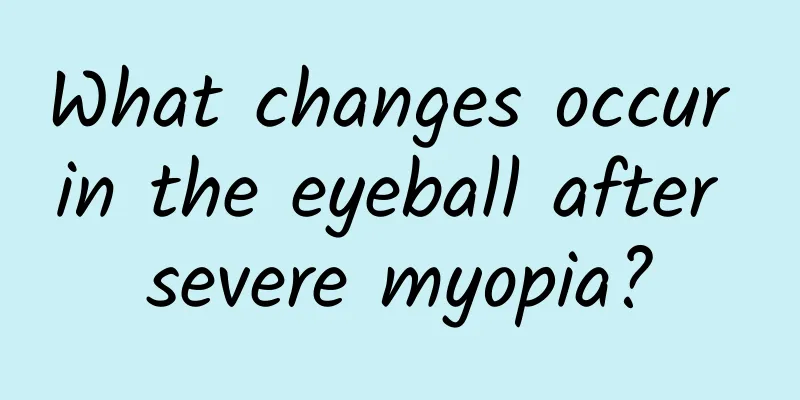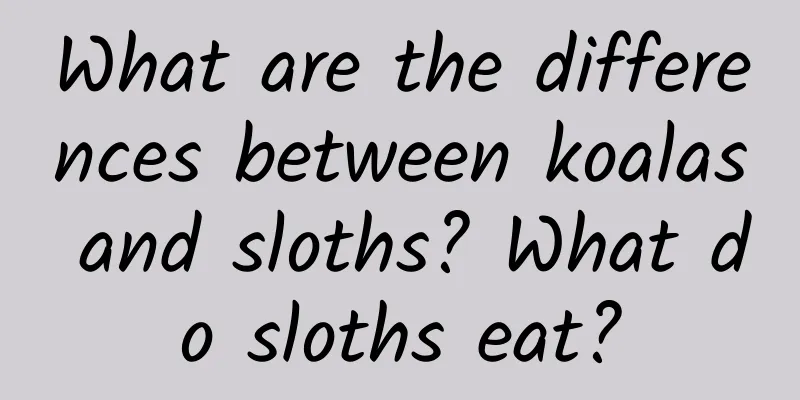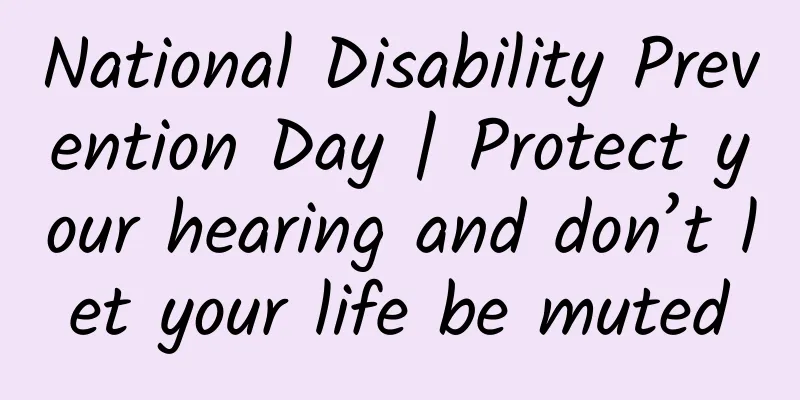When were the Mogao Grottoes in Dunhuang excavated? How many caves are there in the Mogao Grottoes?

|
When traveling, you should look for places with a strong cultural atmosphere. In the 26th year of the reign of Emperor Guangxu (1900 AD), a hidden room on the north wall of Cave 16 was found to be filled with more than 50,000 pieces of scriptures, documents, embroidery and portraits from the Three Kingdoms, Wei and Jin Dynasties to the Northern Song Dynasty. In addition to Chinese manuscripts, manuscripts in various ethnic languages such as Khotan, Kharosthi, Uighur, Tibetan, Sanskrit and Tibetan accounted for about one-sixth of the documents. So when was the Mogao Grottoes in Dunhuang excavated? How many caves are there in the Mogao Grottoes? Let's take a look at the introduction of Encyclopedia Knowledge Network below! Contents of this article 1. When were the Mogao Grottoes in Dunhuang excavated? 2. How many caves are there in Mogao Grottoes? 3. Is the Mogao Grottoes in Dunhuang an intangible cultural heritage? 4. When was the Mogao Grottoes in Dunhuang built? 5. What is the meaning of the flying fairy murals in the Mogao Grottoes in Dunhuang? 1When were the Mogao Grottoes in Dunhuang excavated?It was first excavated during the Former Qin Dynasty of the Sixteen Kingdoms. Mogao Grottoes, commonly known as the Thousand Buddha Caves, is located in Dunhuang at the western end of the Hexi Corridor. It was first built during the Former Qin Dynasty of the Sixteen Kingdoms, and has been built over the Sixteen Kingdoms, Northern Dynasties, Sui, Tang, Five Dynasties, Western Xia, Yuan and other dynasties, forming a huge scale with 735 caves, 40,000 to 50,000 square meters of murals, and 2,415 clay sculptures. It is the largest and most content-rich Buddhist art site in the world. Mogao Grottoes were excavated on the cliffs of the eastern foot of Mingsha Mountain, 25 kilometers southeast of Dunhuang City, facing Dangquan in front and Sanwei Mountain, a branch of Qilian Mountain in the east. 2How many caves are there in Mogao Grottoes?There are 735 existing caves in Mogao Grottoes, divided into two areas: north and south; 492 caves in the southern area are mainly artistic caves, while 243 caves in the northern area are mainly living caves; Opening hours: Peak season: May 1 to October 31, 8 to 15; Off-season: November 1 to April 30, 9:00 to 14:00; Ticket Information: Peak season: 200 yuan, foreign language tickets 220 yuan each, including 20 yuan foreign language explanation fee; Off-season: 100 yuan, foreign language tickets are 120 yuan each, including 20 yuan for foreign language explanations; Ticket for the Digital Exhibition Center: 50 yuan. 3Is the Mogao Grottoes in Dunhuang an intangible cultural heritage?According to the definition of UNESCO's Convention for the Safeguarding of the Intangible Cultural Heritage: Intangible cultural heritage refers to the various practices, performances, expressions, knowledge systems and skills, as well as their related tools, objects, crafts and cultural sites that are regarded as their cultural heritage by groups, groups and sometimes individuals. The Mogao Grottoes in Dunhuang are not within the scope specified. The Dunhuang Grottoes, known as the most valuable cultural discovery of the 20th century and the "Oriental Louvre", are located in Dunhuang at the western end of the Hexi Corridor and are famous for their exquisite murals and statues. In December 1987, the Mogao Grottoes in Dunhuang, Gansu Province were listed on the World Heritage List. The Dunhuang Grottoes are a treasure house of Buddhist art. 4When were the Mogao Grottoes in Dunhuang built?The Mogao Grottoes in Dunhuang were first built during the Former Qin Dynasty. They are the general name for the Mogao Grottoes and the Western Thousand Buddha Caves in Dunhuang City, Gansu Province. They are one of the four famous grottoes in my country and the largest and best-preserved Buddhist art treasure house in the world. The Mogao Grottoes are located 25 kilometers southeast of Dunhuang City and are carved on the cliffs at the eastern foot of Mingsha Mountain. They are about 1,600 meters long from north to south, with five layers arranged up and down, staggered and lined up in a row, shaped like a beehive pigeon house, and are extremely spectacular. It is the largest and most content-rich treasure house of classical culture and art in my country, and is also a world-famous Buddhist art center. It was listed as a World Cultural Heritage by UNESCO in December 1987. 5What is the meaning of the flying fairy murals in the Mogao Grottoes in DunhuangBefore Buddhism was introduced to ancient times, Taoists worshipped nature and seldom destroyed mountains or split rocks in order to carve images. In China, flying celestials were mostly painted on tomb murals, symbolizing that the soul of the tomb owner could ascend to heaven. During the Wei, Jin, Southern and Northern Dynasties, when Buddhism was first introduced, the flying fairies in the murals were also called flying gods, and there was no distinction between flying fairies and flying gods. Later, as Buddhism developed in China, the flying fairies of Buddhism and Taoism merged with each other in artistic images. The Dunhuang flying fairies refer to the flying gods painted in the Dunhuang Grottoes, which later became a special term for the Dunhuang mural art in China. |
Recommend
What is the difference between natural wine and wine? The difference between dry white wine and dry red wine
The dry red wine we often drink is brewed with sk...
The relationship between uterine fibroids and American ginseng
For patients with uterine fibroids, it is best no...
How many days after menstruation can I have sex?
Women's body resistance is relatively weak du...
The dishes you must not forget to eat in autumn are suitable for weight loss and sugar control
When it comes to beautiful vegetables in autumn, ...
In addition to improving beauty, what other problems can adult orthodontics solve?
Many patients often ask about the age for orthodo...
How many months can premature birth be born?
Premature birth usually occurs after 7 months of ...
Will eating “photosensitive foods” make your skin darker more easily?
Not really The statement that your skin is more l...
What are the benefits of soaking Lingzhi in water? Lingzhi consumption methods and taboos
In daily life, many people cut Lingzhi into slice...
If you drink milk incorrectly, it is not only useless but even harmful!
Milk is one of people's favorite foods in dai...
What causes brown discharge a few days before your period?
Women always become very sensitive when they have...
Is it normal to have breast pain during menstruation?
Everyone must know that menstruation is of great ...
The reason why there are lumps of meat in menstrual blood
I believe many women have had this experience, wi...
Causes of abdominal pain during pregnancy
Many women experience stabbing pain in the lower ...
Can I eat tomatoes when I have my period?
Tomato is a very nutritious vegetable and fruit, ...
Is 7mm normal?
Endometrial thickness is very common in gynecolog...









